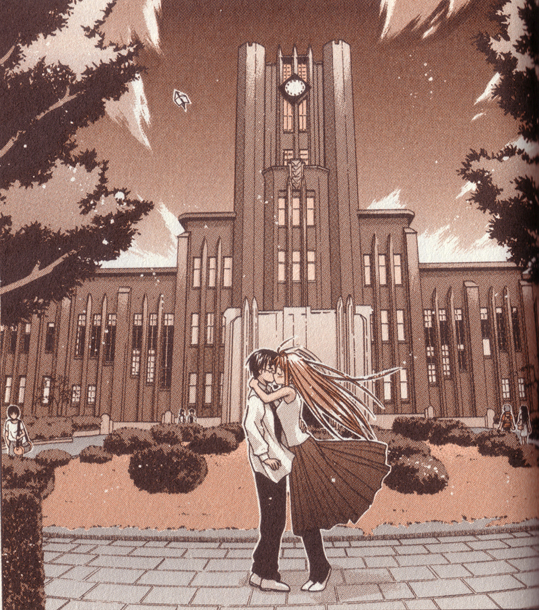|
|||||
|
TOKYO
EAST JAPAN
WEST JAPAN
SYDNEY |
OTHER PLACES / OTHER THINGS This is the phone I rented while I was in Japan. It was pretty expensive (about 5,000 yen for 13 minutes of calls over 11 days), but you really can't do without one in a country like Japan. I hear locals can send each other emails for about five yen per message, but mines didn't have this feature enabled. This is Suica, a wireless card which works in Tokyo and some other parts of eastern Japan. You can use it to ride the trains and buses, buy stuff in certain stores and vending machines, and even (from mobile phones) pay for certain tickets in advance. There are a number of competing systems (especially in western Japan, where you can't use Suica), but it seems a lot of the places with the right infrastructure accept more than one type of card. This is a Kiosk where you can pay using Suica. That little penguin mascot is literally everywhere in Tokyo. Train ads, billboards, posters, TV - you can't escape him! There are even plush dolls of him on display in some train stations. Out in western Japan, they prefer ICOCA, which has a pair of platypi as mascots. Speaking of inescapable, there were campaign posters up practically everywhere we went. They don't look any more interesting than the ones we get at home, either. One thing which I found absolutely remarkable is that in Japan, everyone obeys the traffic signals, even for tiny crossings like this. Once in a while, you'll come across one of these classic-style maps in place of the modern easy-to-read maps you get outside of stations. Sometimes, you'll even find historical maps showing how the district used to be arranged. Having a Japan Rail Pass means you can travel on almost all of the JR trains for free, including most of the Shinkansen bullet trains. These usually cost 10,000 to 20,000 yen a trip, so it's a real bargain. The trains themselves are fast, punctual, clean and well equipped. They also have a trolley that comes by from which you can buy food and drinks. You can find coin lockers like these at practically every single station. For a fee of about 100 to 300 yen, you can keep all your heavy bags in them for a whole day. Useful when you want to look around an area without lugging around your stuff. This train seat doesn't unfold until 10AM in order to ensure there is more room in the carriage during the morning rush. In Japan, URLs are for old people. Billboards and TV ads will now give you a search term to throw into a search engine instead. There are lots (and I mean lots) of glasses stores in Japan. This is one of the more prevalent chain stores. I tried not to take too many pictures on the train lest people get the wrong idea, but I couldn't resist snapping this one. No, it's not a live action Gyakuten Saiban movie - it's an ad encouraging people to 'get qualified!' - but I just love the little dog there in the corner doing the same pose. Thorpedo is a sports drink affiliated with Ian Thorpe (a popular Australian swimmer, for those of you unfamiliar with him) and Sydney university. I gave it a try, but it didn't taste all that different from Pocari Sweat. These Glico 17 ice cream machines are everywhere. Generally, 15 of the 17 flavours are standard, and two are exclusive local flavours. BOSS is one of Suntory's coffee brands. Its current spokesperson is Tommy Lee Jones, who does an excellent job of looking bossy on their billboards. Otaku-related industries aren't the only ones to employ manga-style art in their advertising. This is a poster for the Risona bank. No, it's not an ambulance. This is what a fire engine looks like in Japan. Here in the west, private detectives are just the stuff of noir fiction. In Japan, however, they're real, and they're not afraid to advertise. This particular billboard is for an all-female firm of detectives. So, when's the TV show coming? Some interesting signs we saw. Can you guess what they're for?
The main walkway into Tokyo University. I was in high school when I first saw this place in between the pages of a manga.
|
|||
